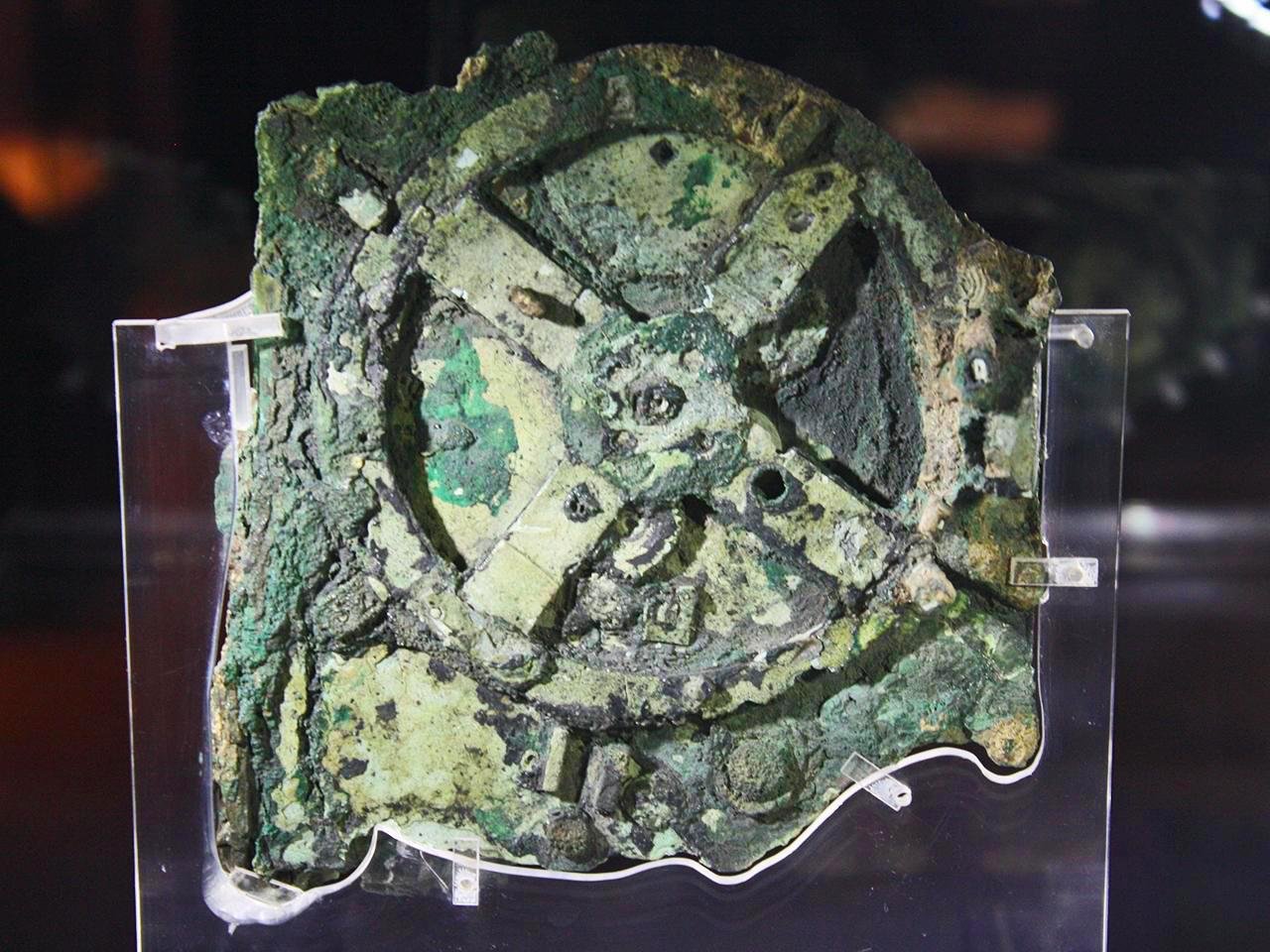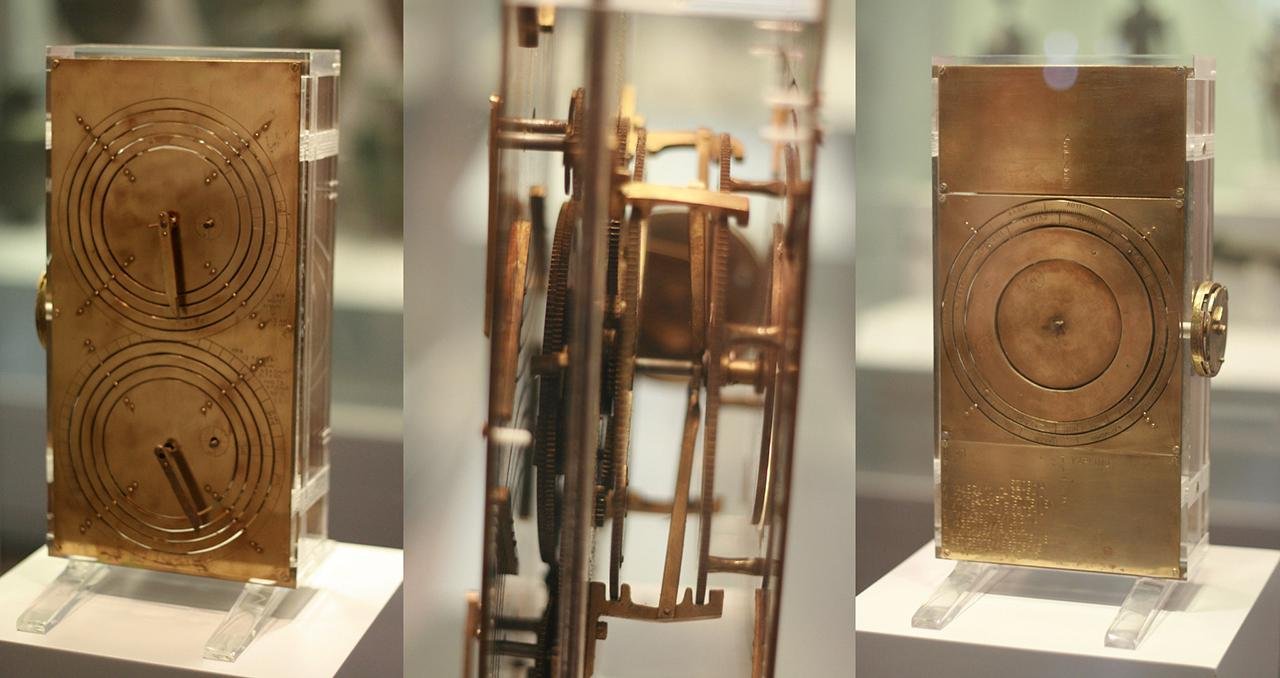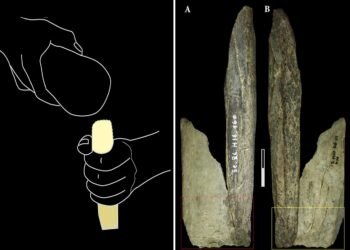Recent research has unveiled that the Antikythera mechanism, an ancient device often hailed as the world’s oldest known computer, tracked the Greek lunar calendar, rather than the Egyptian solar calendar as previously thought.

The Antikythera mechanism, discovered in 1901 by sponge divers exploring a sunken shipwreck off the Greek island of Antikythera, dates back approximately 2,200 years.
This shoebox-sized device, constructed of intricate bronze gears, was used to model the motions of the sun, moon, and planets. Over decades, researchers have determined that the mechanism functioned as a hand-operated mechanical computer, allowing users to predict eclipses and calculate astronomical positions with remarkable accuracy for its time.
A key component of the Antikythera mechanism is the “calendar ring,” used to track the days of the year, with each hole representing a single day. However, this ring is only partially preserved, making it difficult to determine the exact number of days it was meant to track.

In 2020, independent researcher Chris Budiselic and his team utilized new X-ray images and mathematical analysis to propose that the calendar ring likely tracked a 354-day lunar calendar, rather than a full solar year. This finding has now been corroborated by a team from the University of Glasgow.
The University of Glasgow team, led by astrophysics professor Graham Woan and his colleague Dr. Joseph Bayley, used advanced statistical methods to analyze the positioning of the known holes and the fit of the mechanism’s fragments. Their techniques, including Bayesian analysis and methods used by the Laser Interferometer Gravitational-Wave Observatory (LIGO) to detect gravitational waves, provided strong evidence that the calendar ring contained either 354 or 355 holes. This number aligns with the Greek lunar calendar, which contrasts with the previously hypothesized 365-hole count corresponding to the Egyptian solar calendar.
Woan explained, “The precision of the holes’ positioning would have required highly accurate measurement techniques and an incredibly steady hand to punch them. It’s a neat symmetry that we’ve adapted techniques we use to study the universe today to understand more about a mechanism that helped people keep track of the heavens nearly two millennia ago.”
The Antikythera mechanism, despite its severe corrosion and many missing elements, continues to reveal its secrets through the application of increasingly sophisticated technologies. This recent study, published in the Horological Journal, not only validates the conclusions of earlier research but also opens new avenues for understanding the technological capabilities of ancient civilizations.
























